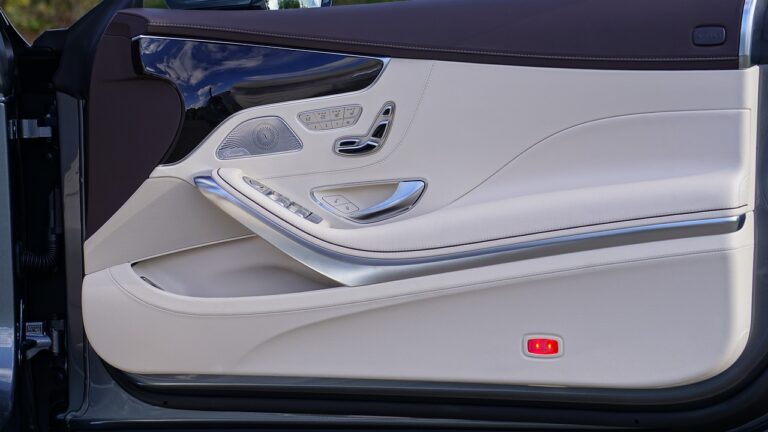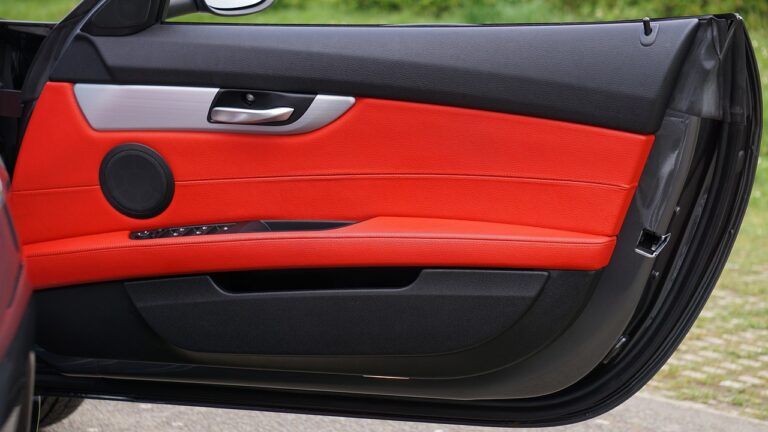The Evolution of Car Lighting Technology: From Halogen to LED to OLED
In the early days of automobiles, car lighting systems relied on oil lamps to provide illumination during nighttime journeys. These oil lamps, usually mounted on the front of the vehicle, emitted a dim light that could only illuminate a short distance ahead, making night driving a challenging and hazardous task.
The introduction of electric bulbs revolutionized car lighting, offering brighter and more reliable illumination for drivers. Electric bulbs allowed for a wider range of visibility on the road, improving safety and making nighttime driving more feasible. This technological advancement marked a significant shift in the automotive industry, paving the way for further innovations in car lighting systems.
The Rise of Halogen Headlights in Automotive Industry
Halogen headlights played a crucial role in revolutionizing the automotive industry by providing brighter and more efficient lighting for vehicles. The introduction of halogen bulbs in headlights offered drivers improved visibility on the road, enhancing safety during night-time and adverse weather conditions. With their longer lifespan and more reliable performance compared to traditional incandescent bulbs, halogen headlights quickly became a popular choice for manufacturers and drivers alike.
One of the key advantages of halogen headlights is their cost-effectiveness, making them an attractive option for mass production in the automotive industry. The affordability of halogen bulbs allowed car manufacturers to equip their vehicles with powerful lighting systems without significantly increasing production costs. This accessibility, combined with their superior illumination capabilities, solidified halogen headlights as a staple feature in modern automobiles, shaping the way vehicles illuminate the road ahead.
The Advantages of LED Lights in Modern Vehicles
LED lights have become increasingly popular in modern vehicles due to their numerous advantages. One key benefit is their energy efficiency, as LED lights require significantly less power to function compared to traditional halogen or incandescent bulbs. This efficiency not only helps reduce fuel consumption but also contributes to lower CO2 emissions, making LED lights a more environmentally friendly lighting option for vehicles.
Another advantage of LED lights is their longevity and durability. LED bulbs have a much longer lifespan than traditional bulbs, often lasting tens of thousands of hours. This means that drivers can enjoy brighter, more reliable lighting for a much longer time before needing to replace the bulbs. Additionally, LED lights are more resistant to vibrations and shocks, making them ideal for use in vehicles where they may be subjected to rough road conditions.





